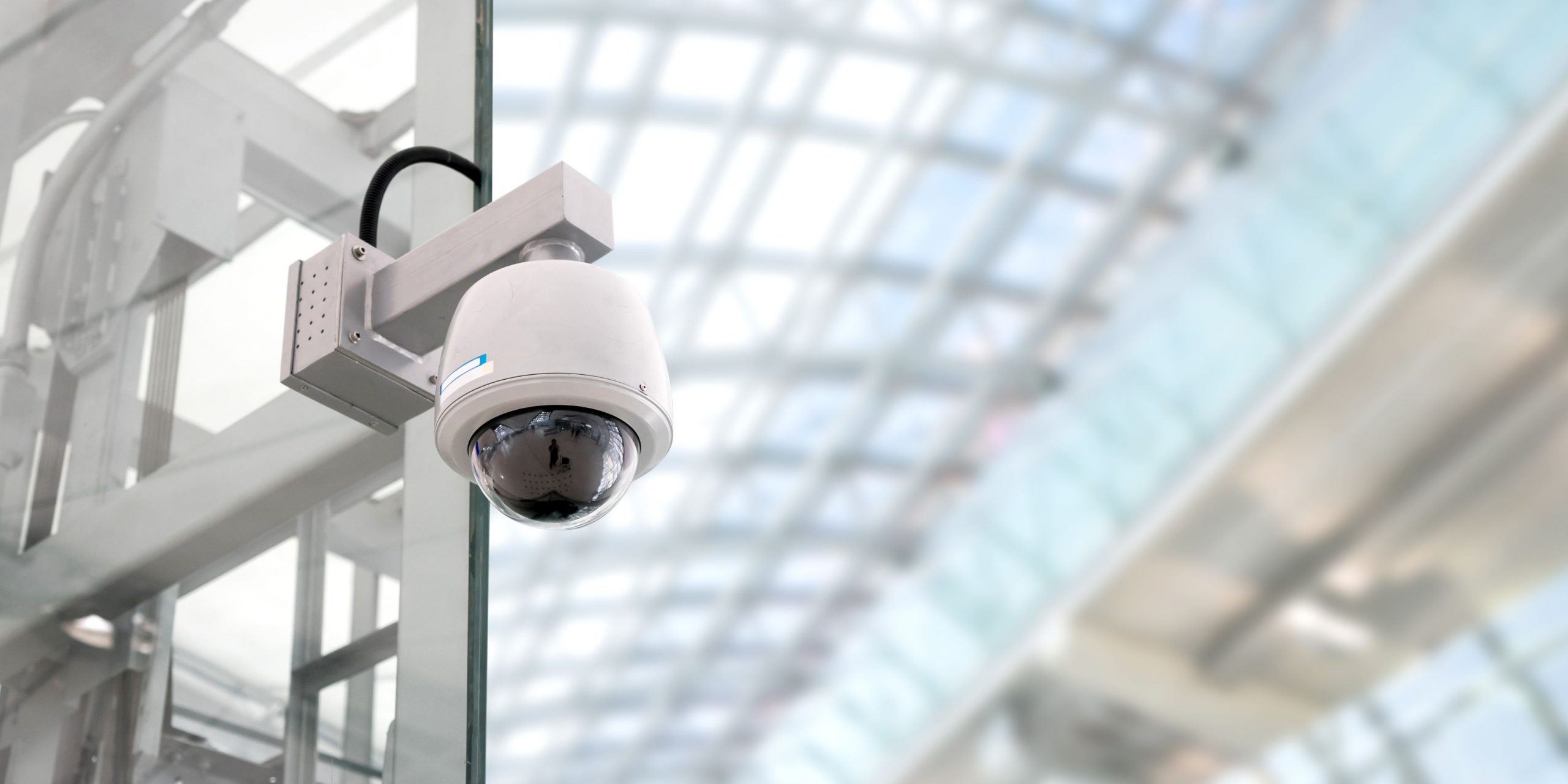Perimeter security plays a vital role in safeguarding buildings, campuses, and critical infrastructure against unauthorized access and potential threats. While physical barriers like fences and gates form the foundation of perimeter security, the integration of active perimeter security devices is crucial. These devices empower security teams to detect, analyze, and respond swiftly to any intrusion or suspicious activities, enhancing overall site and building security.
Understanding Perimeter Security: A Brief Overview
Perimeter security encompasses a range of solutions designed to create a robust defense system. A comprehensive perimeter security solution should include security video cameras, perimeter lighting, motion sensors, alarm systems, intrusion detection systems, and perimeter access control systems. It is essential for businesses to consider both indoor and outdoor perimeter security systems for comprehensive protection.
Types of Perimeter Protection Devices
- Perimeter Security Cameras: These strategically positioned cameras monitor vulnerable areas, analyze recorded video footage, and detect suspicious activities. Clear imaging, even in low-light conditions, is vital for effective surveillance.
- Perimeter Access Control: Access control systems verify the identity of employees and visitors, enabling secure entry via perimeter doors or gates. Modern cloud-based access control systems provide remote management capabilities, enhancing convenience and security.
- Security Perimeter Sensors: Sensors placed near entrances and fences detect movements and disturbances, alerting security teams to potential intrusions. Various sensor types, such as motion sensors and vibration sensors, serve specific purposes in enhancing security.
- Perimeter Alarm Systems: These systems work in tandem with security sensors to alert security teams to activities that require investigation. Alarms can be transmitted through hard-wired links or the internet for rapid response.
- Physical Barriers: Walls, fences, gates, doors, and barriers create a physical perimeter protection system, deterring intruders and ensuring only authorized personnel gain entry.
Building an Effective Perimeter Protection Strategy
An integrated perimeter security strategy combines physical barriers with advanced security technologies and skilled security personnel. Key processes include deterrence, detection, assessment, response, communication, recording, and analysis. By integrating these processes, businesses can create a robust defense against threats.
Benefits of a Complete Perimeter Security Solution
Implementing a comprehensive perimeter security solution offers several advantages:
- Reduction in Intrusions: Restricts unauthorized access, ensuring only authorized individuals and vehicles enter the site.
- Increased Situational Awareness: Provides a 360-degree view of perimeter and site activities, enabling swift response to incidents.
- Faster Incident Response: Accurate notifications and high-speed network capabilities facilitate rapid assessment and response to security incidents.
- Greater Protection: Enhances security, safeguarding facilities, assets, and people on-site.
Planning Your Perimeter Security System
Designing an effective perimeter security system requires a tailored approach. Conducting a physical security risk assessment, site survey, and selecting appropriate equipment based on performance and reliability are crucial steps. Collaborating with professional security system specialists can provide expert advice, ensuring a robust and customized perimeter security solution for your business.

